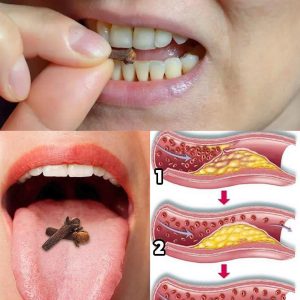
For many cat owners, letting their furry friend curl up next to them at night is a sign of affection, trust, and comfort.
The soft purr, the warm body at your feet—it’s hard to resist. But this seemingly harmless bedtime routine may come with hidden risks to your health, sleep quality, and even your wallet.
Why People Sleep with Their Cats
It’s common across the U.S., Mexico, Colombia, Argentina, and elsewhere for people to sleep with their cats. The benefits are real:
- Reduced anxiety and stress, thanks to the cat’s calming presence
- A sense of safety and companionship, especially when living alone
- Stronger emotional bonds
- Boosted mood from the release of oxytocin, the hormone linked to love and affection
But while the emotional upside is clear, there are potential downsides that deserve attention.

Health Risks You Might Not Expect
Even clean, well-cared-for cats can carry bacteria, parasites, and allergens into your bed.
- Zoonotic diseases: These include Cat Scratch Disease (which can cause fever and fatigue), Toxoplasmosis (dangerous for pregnant women and the immunocompromised), Ringworm (a fungal infection), and intestinal parasites like tapeworms and hookworms.
- Fleas and ticks: Even treated cats can drop flea eggs onto your bedding, sparking infestations or transmitting illnesses like rickettsiosis.
- Allergies: Cats release a protein (Fel D1) in their saliva and skin that can trigger respiratory issues such as sneezing, coughing, congestion, and even asthma over time—even in those without a history of allergies.
Disrupted Sleep Patterns
Though cats may seem peaceful, they’re often most active at night. If your cat jumps on the bed, paws at your feet, or starts purring loudly at 3 a.m., it’s likely to interrupt your sleep cycle. Poor sleep can lead to fatigue, irritability, and reduced productivity.

The Financial Side of Cuddling
Medical treatment for infections like toxoplasmosis or cat scratch disease can be expensive. In the U.S., a single doctor visit can cost hundreds of dollars, with serious cases requiring hospitalization.
Even in countries with lower healthcare costs, expenses like vet bills, flea treatments, and home disinfectants can add up quickly.
How to Stay Safe While Sharing Your Bed
You don’t need to kick your cat out entirely—just take smart precautions:
- Routine vet visits: Schedule checkups every six months, keep up with vaccinations, and deworm regularly.
- Clean bedding: Use hypoallergenic sheets, wash them weekly in hot water (at least 60°C/140°F), and vacuum your mattress biweekly.
- Cat hygiene: Brush your cat daily, bathe them if advised by your vet, and wipe their paws if they go outside.
- Household cleanliness: Ventilate your rooms, use air purifiers, and avoid thick carpets that trap allergens.
- Provide an alternative: Set up a cozy sleeping area near your bed to encourage a bit of distance without losing that nighttime bond.

Are the Risks the Same Everywhere?
Generally, the illnesses are similar, but the risk level varies. In the U.S., better access to pet healthcare and parasite prevention lowers the chances of problems.
In parts of Latin America, warm climates and outdoor access can increase the spread of parasites and zoonotic diseases.
In Conclusion
Letting your cat sleep in your bed can be a heartwarming experience—but it’s not risk-free. With some care and planning, you can enjoy the companionship while protecting your health, your rest, and your finances.
Because loving your pet also means keeping both of you safe—even during your sweetest moments together.




